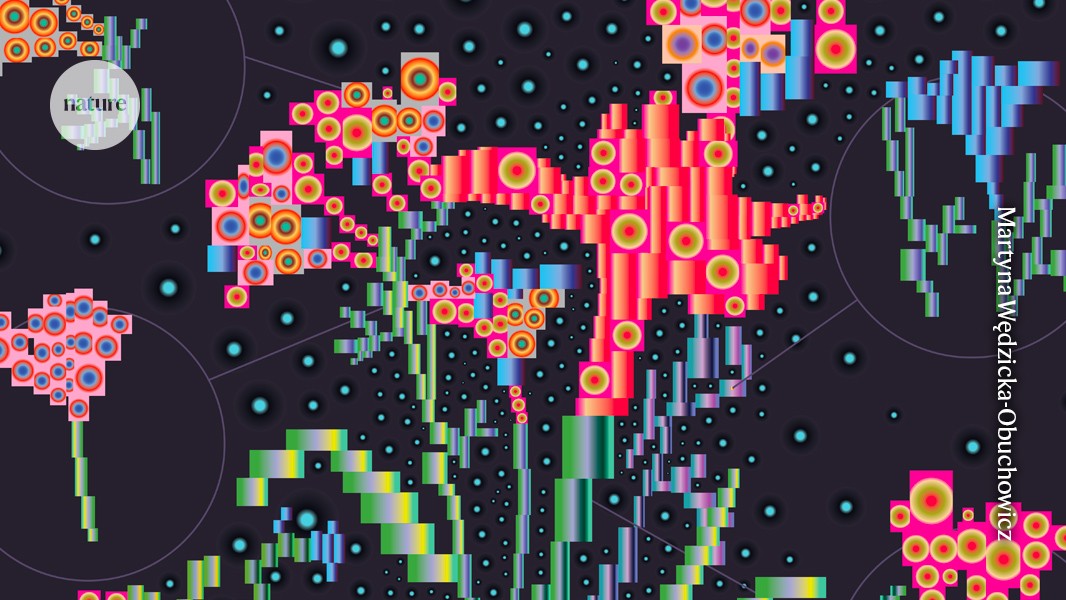
"The AI Scientist is an example of fully automated research in computer science. The tool uses a large language model (LLM) to generate ideas, writes and runs the code by itself, and then writes up the results as a research paper - clearly marked as AI-generated. It's the start of an effort to have AI systems make their own research discoveries, says the team behind it."
"This January, Byeongjun Park, a researcher in artificial intelligence (AI), received a surprising e-mail. Two researchers from India told him that an AI-generated manuscript had used methods from one of his papers, without credit. Park looked up the manuscript. It wasn't formally published, but had been posted online (see go.nature.com/45pdgqb) as one of a number of papers generated by a tool called The AI Scientist - announced in 2024 by researchers at Sakana AI, a company in Tokyo."
"The AI-generated work wasn't copying his paper directly, Park saw. It proposed a new architecture for diffusion models, the sorts of model behind image-generating tools. Park's paper dealt with improving how those models are trained. But to his eyes, the two did share similar methods. "I was surprised by how closely the core methodology resembled that of my paper," says Park, who works at the Korea Advanced Institute of Science and Technology (KAIST) in Daejeon, South Korea."
A researcher received an email reporting that an AI-generated manuscript used methods from an existing paper without credit. The manuscript was posted online and produced by The AI Scientist, a tool that uses a large language model to generate ideas, write and run code, and draft research papers marked as AI-generated. The AI-generated work proposed a new diffusion-model architecture while resembling training methods from the existing paper. Two computer scientists found multiple AI-generated manuscripts that external experts judged to use others' ideas without attribution, amounting to idea-level plagiarism despite no clear ill intent by tool creators. The development reflects efforts to enable autonomous research discovery.
Read at Nature
Unable to calculate read time
Collection
[
|
...
]